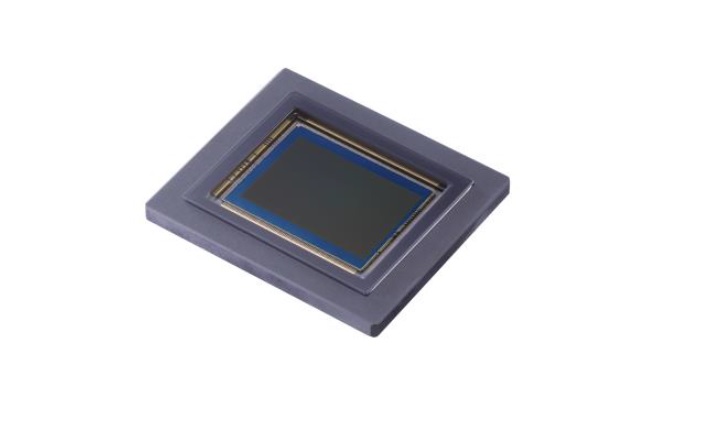TOKYO, March 26, 2019—Canon Inc. and Canon Marketing Japan Inc. announced today the launch in Japan of the 120MXSI, an ultra-high-resolution 120-megapixel CMOS sensor capable of simultaneous image capture in visible light and near-infrared1 regions. This functionality makes the APS-H2 size 120MXSI ideal for such applications as factory inspections and measurements, security, robotics, agriculture and healthcare.
Thanks to its ultra-high 120-megapixel resolution—approximately 60 times the 1920 x 1080 pixel resolution of full HD—the 120MXSI makes possible the capture of clear, high-quality images, even when cropping or using digital zoom. The sensor supports finely detailed, high-speed continuous shooting and image capture of moving subjects. What’s more, utilizing high-speed parallel processing technology that enables fast readout of images with large pixel counts, the 120MXSI realizes high signal readout speeds of up to 11.3 Gbps3 and continuous shooting of approximately 9.4 frames per second.
By replacing a green filter pixel in a traditional BGGR bayer pattern with a near-infrared pixel, the new RGB-IR color filter enables simultaneous color and near-infrared image capture using only one sensor. As conventional camera systems are only able to acquire either color or near-infrared images during image capture, simultaneous capture of both requires a large-scale system comprising multiple cameras. However, the 120MXSI allows users to not only reduce the number of cameras required, but also contributes to the miniaturization of inspection systems.
In addition, based on differences in such factors as percentage of light reflected and absorbed, infrared light can be used in sub-surface observation of objects. When used in conjunction with standard color images, this technology helps improve the accuracy of such tasks as foreign object detection in factories producing foodstuffs. Numerous possible applications also exist for other industries, such as agriculture. As plants reflect varying intensities of near-infrared-wavelength light according to their growth stages, near-infrared imaging can be used during aerial photography to make possible wide-area monitoring of crops and help determine ideal harvest times. Additionally, near-infrared light has numerous uses in the field of healthcare, as its high permeability makes it ideal for fluorescence imaging4, enabling visualization of tissue for medical imaging purposes.
1. Corresponds to wavelengths between 800 nm – 1000 nm
2. Approximate size of sensor imaging area: 29.2 mm x 20.2 mm
3. Gigabits per second. A unit of data-transfer rate indicating the number of gigabits of data transferrable in one second.
4. A medical imaging procedure in which such substances as indocyanine green (ICG), a dye which emits near-infrared fluorescent light, are used to make possible the visualization of tissue or other internal systems of patients.















